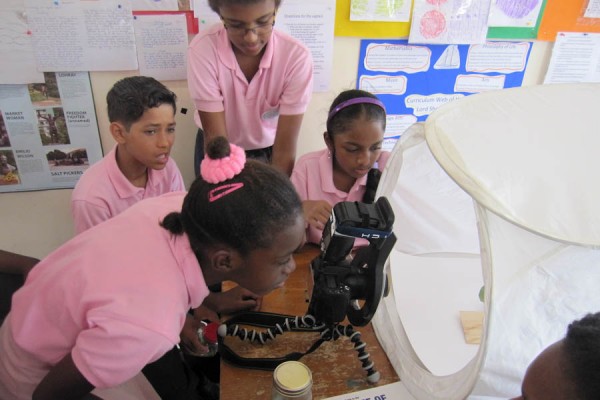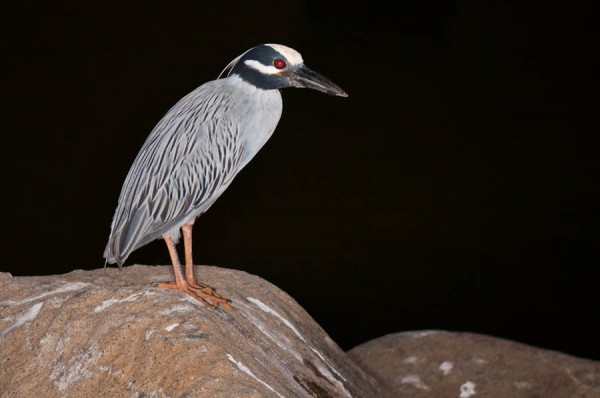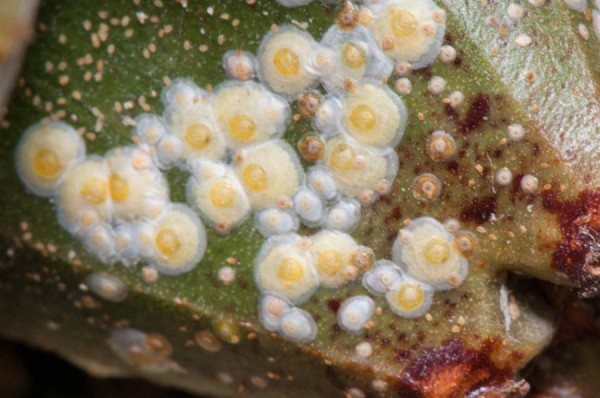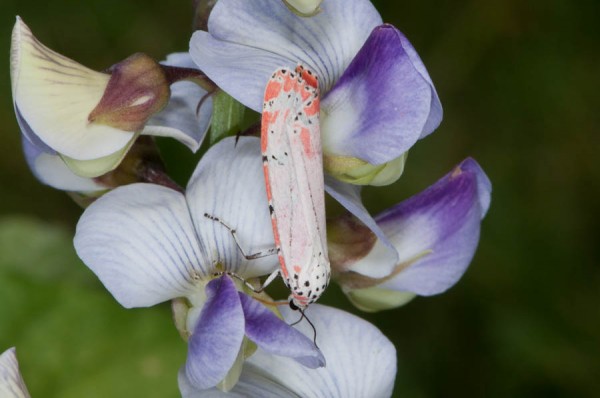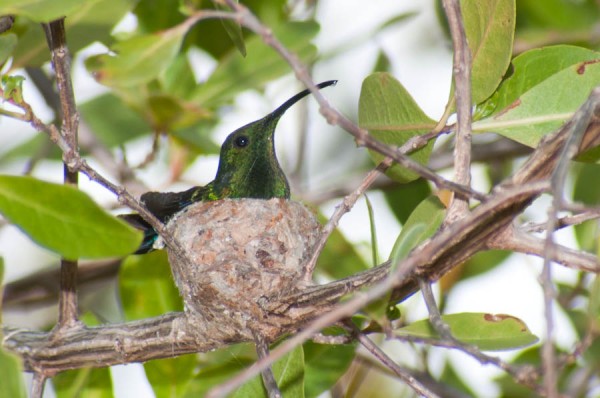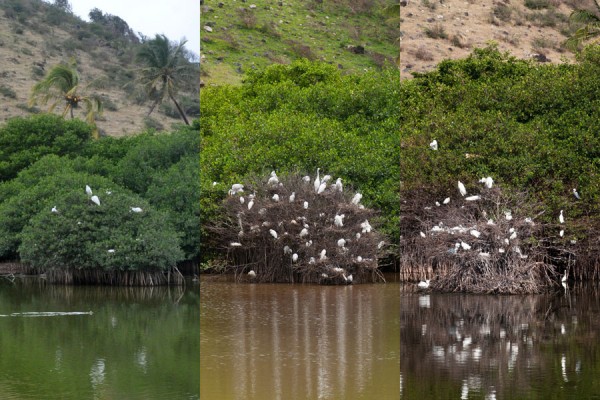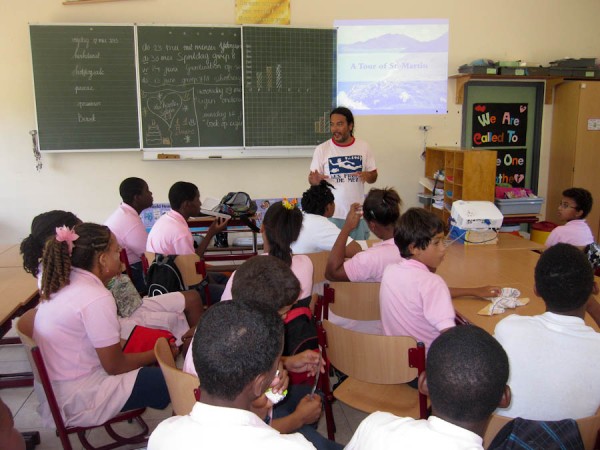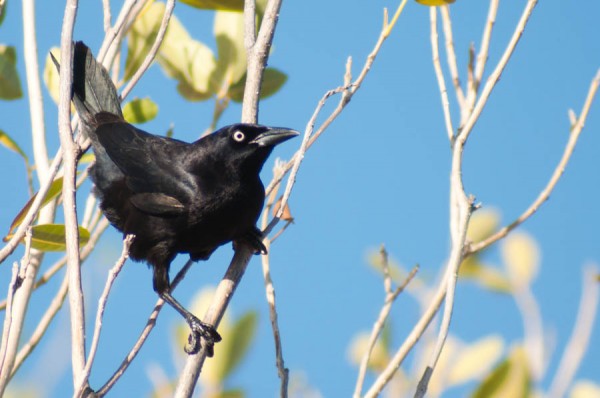Critter Photo Shoot Results
Here are some of the photos we took in the mini-studio I set up in the classroom at Sister Marie Laurence School. As you can see, the students were able to collect quite a wide variety of insects, spiders and other invertebrates. We also learned that if you keep two spiders in the same container one might get eaten.

